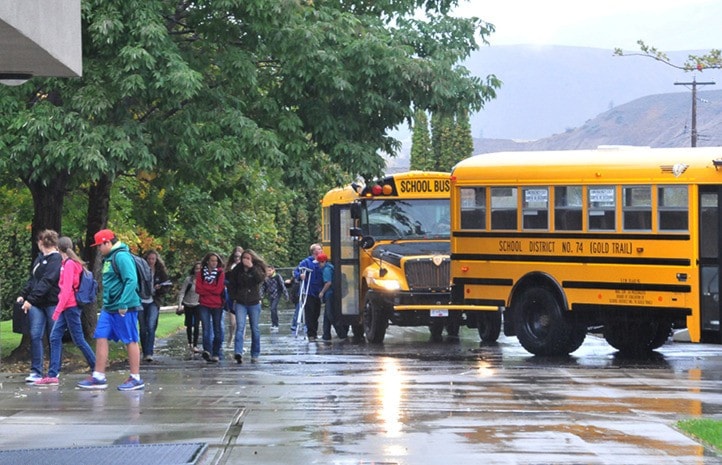Schools are back in session for the year starting next week, and drivers are reminded to be extra cautious when both school buses and students are back on the roads.
Even though this happens every year, some drivers become impatient when it takes them longer than usual to get where they are going because of having to stop for school buses. Passing a school bus with its lights flashing is dangerous, and puts children at risk.
In May 2016 the provincial government increased the fine for passing a school bus with its lights flashing to $368. The offending driver will also receive three penalty points on his or her licence.
The Canada Safety Council advises drivers to leave a bit of extra time to get where they are going, as being in a rush is no excuse for disobeying the rules of the road and endangering the life of others. After stopping for a school bus, do not start moving again until the bus moves on or the driver signals it’s safe by turning off the lights.
Drivers should also slow down in school zones, and know the speed limit in the zone (30 km/h) and the hours that that speed limit is in effect (8 a.m. until 5 p.m. on all school days, unless the sign says otherwise).
Drivers should be vigilant whenever children are on the road, and move slowly and predictably. Avoid manoeuvres such as three-point turns and U-turns in school zones, as children are often not expecting these moves, and that can put them in the wrong place at the wrong time.
Children should be taught school bus road safety basics, such as never walking behind a school bus (stay 10 giant steps in front of or beside the bus, so the driver can see you), being careful when entering and exiting the bus, making sure the lights of the bus are flashing before crossing the road, and checking traffic before crossing to make sure drivers can see you.
When inside the bus, children should make sure to sit down as soon as possible so they do not fall when the bus starts moving; keep the aisle clear of feet, backpacks, and others items that can be an obstruction; always do what the driver asks, and do not distract him or her; keep your head, arms, and hands inside the bus, not out the window; and never throw things in the bus or out the window.
Parents and caregivers who drive children to school should consider dropping students a block or so from the school to avoid congestion. Never let children out of the car when they will be getting off into traffic; make sure they are stepping away from the flow of traffic. They should also walk the route to school with their children, particularly younger ones, to identify the safest route and point out potential hazards.
